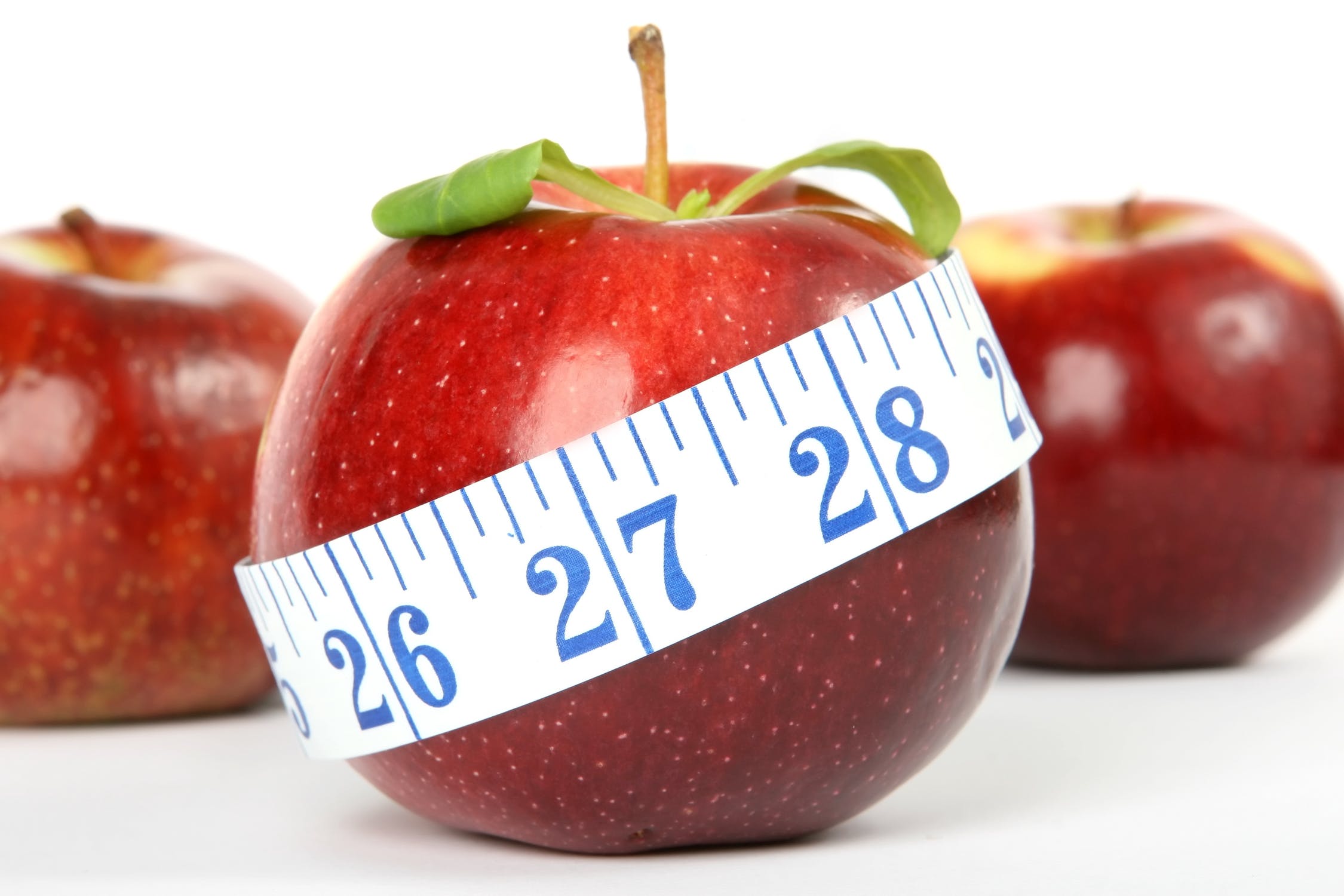Calories are often hailed as the be all and end all of nutrition. Want to gain weight? Eat more calories. Want to lose weight? Eat less calories. It’s that simple right?
Unfortunately it’s not always that simple and I’ll explain why.
Before I do I want to add that measuring calorie intake and increasing or decreasing the amounts can work but its not the best way. There are many flaws to calorie counting which are important to understand. This will explain why sometimes increasing calories causes weight loss and decreasing calories cause weight gain. If it were as simple as eat more or eat less then this could never happen. If eating less calories was also the answer to being lean, then nearly every woman on the planet would have 6 pack abs as women are often guilty of under eating.
I personally believe that focusing more on macronutrients is far more beneficial. It does require more detail and understanding though than just saying ‘eat more’ or ‘eat less’.
What are calories?
You may not know but there are actually 2 types of calories; Gram calories and Kilogram calories. The calories we talk about when looking at nutrition are kilogram calories. This is why you see ‘Kcal’ or ‘Cal’ labelled on foods instead of ‘cal’. This is because they are actually referring to different things, and yes, a ‘Cal’ and ‘cal’ are technically different (just to confuse you). For your sakes, ‘Cal’ and ‘Kcal’ are all you need to know as they are referring to the calorie content of foods.
Now, how we do actually find out how many calories are in a food?
I think this is a great question which isn’t covered enough. To determine the calorie content of a food, 1 gram of that food is burnt in a calorimeter. The calorimeter has a glass container full of water and the normal temperature of the water is measured. As the food is burning the temperature of the water is assessed. The difference between the starting temperature and the highest temperature of the water indicates the calorie content of that food. The higher the temperature increases the higher the calorie content of the 1g of food. Follow this link to watch a youtube clip on this process. Watch video
How does this process relate to humans?
When we consume food it is broken down into smaller nutrients and sent to our cells. Here at our cells, the particular nutrients from that food are burnt with oxygen in a process called oxidation. This oxidation process burns the nutrients which releases heat. Similar to the calorimeter test video above. This heat is used to keep our body warm but it is not actually used as energy to help us function.
Here lies the problems with calories.
Calories are a measure of energy from food in the form of heat. To move around and function our body uses a chemical energy called ATP (Adenosine Tri-Phosphate). This may seem technical but it is an important point. The human body does not burn calories, it burns ATP. We don’t use heat as energy, we use ATP. To make ATP, our body uses fatty acids from fats, amino acids from protein and glucose from carbohydrates. This is why macronutrients are more important than assessing calories if your goal is fat loss or muscle growth.
Increasing our body’s demand for ATP and ability to produce it is the goal of increasing energy expenditure. To increase our demand for ATP we need to look at our metabolic health, hormonal health, nutrient status and daily activity. This is a far more ‘holistic’ approach and places a great deal of emphasis on health.
So why do we measure calories and not ATP in food?
We assess calories from food as food does not contain ATP. It contains nutrients which our body then converts into ATP. How much ATP and energy each person produces from a particular food will be very different. Our body may also use nutrients from food for other purposes like building new muscle or feeding our immune system. This makes it impossible to have a general system of assessing ATP.
This is why we are left with using calories as our measurement.
The purpose of this blog was not to confuse you and throw a few big words out there. It was to explain that something as simple and common as calories still has a bit more to it. It was to also show that purely counting calories has it’s flaws and isn’t a ‘fool proof’ nutrition approach. It is just another tool available to help get you results. For some people, simply tracking calories might produce results. For another it may not. If you consider all aspects of health and keep that in mind when programming for results, I believe that macronutrients will always be more important than calories.





